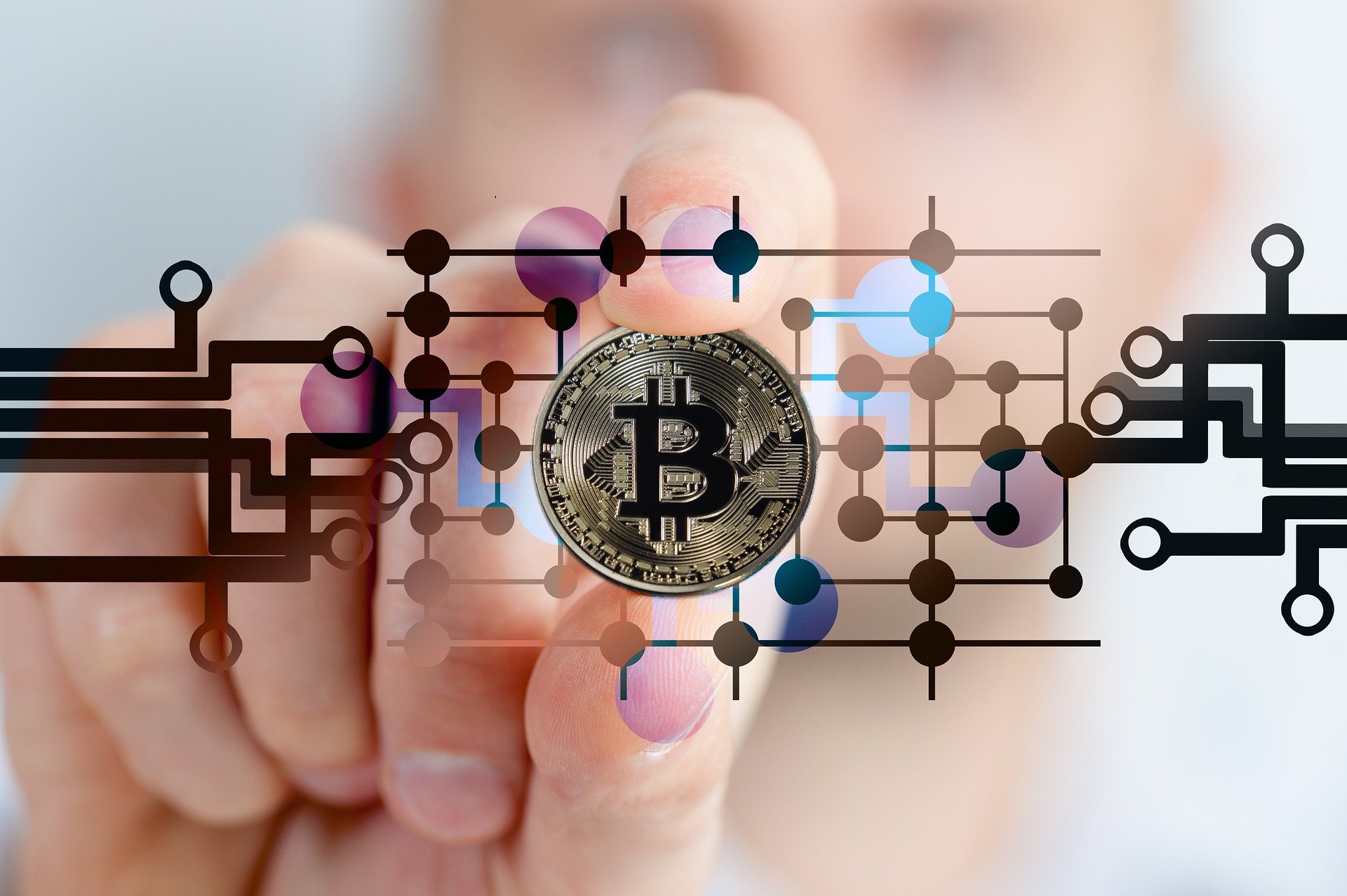Bitcoin has established itself as a universal and versatile decentralized cryptocurrency, however, have you ever considered what effect social media has on its value? Over here we explore just that – how social media influences Bitcoin’s value, in terms of altering public perception or even the digital asset market itself. Read on to discover more.
Recommended: Ways to Safe Bitcoin Account from Hackers

The role of social media in Bitcoin’s valuation
Social media plays a pivotal role in determining Bitcoin’s value. Be it the market analysis, accessibility, platform reviews or other affiliated factors, the likes of Facebook, YouTube, Twitter and Instagram do leverage Bitcoin’s fate in the consumer circle. Let’s take a closer look at what exactly social media can do (or not) for Bitcoin as a digital currency:
News posts on various topics, including advancements in crypto technology (such as Proof of Stake transition), educates audiences about Bitcoin and its association with Ethereum. This includes blockchain, NFTs and decentralized finance (Defi).
Reviews of Bitcoin products, such as Kraken’s Forex, can heavily skew public opinion of Bitcoin – either positively or negatively, even though it is not the only Bitcoin investment apps you can access nowadays. This creates a bias or an advantage to Bitcoin’s value.
Popularity induced inflation: want to create an urge and boost demand for a commodity? Well, simply convince or persuade others that there’s a finite supply of such (which fits perfectly for Bitcoin). Social media capitalizes on this by instilling a fear of missing out into readers’ (or viewers’) minds. A very shrewd approach for subscribers and followers indeed!
Revenue gains are initiated by users, who design autonomous processes, such as blockchains. This enables developers to segregate and encrypt transactions block-wise, making each entity auditable. Now, these trends can easily become viral news, in the form of posts or videos, potentially reshared and distributed many folds.
The Internet of Things syncs multiple areas into a unified operating system for increased accessibility and convenience. Ergonomic integration of infrastructure over things like Facebook groups or Insta reels supports this concept.
Blockchain’s confidentiality and ownership empowers users to track payments, as data is fragmented into separately encrypted jigsaw puzzles. These can be deployed in a variety of commercial or industry-specific transactions. It endorses the legitimacy and authenticity of sensitive products, including precious metals or stones and pharmaceutical preparations/medicines. Sites such as YouTube offer explainer videos about this, encouraging users by equipping them with confidence to follow suit. This is reinforced by expert channels, pages and (live event) demos too.
Cryptocurrency functions by building blocks on the chain. Hence, as data levels rise, the volume of available currency also increases. This positive correlation is linked to social media where publishing data boosts overall value. As content becomes more lucrative, users can gain further funds, incentivizing yet even further material to be published. Simply share such over social media and viola, people will begin to follow with greater engagement rates. How neat, right?
Broadening horizons with developer based crypto adoption is another way to lure consumers to invest in Bitcoin. Data miners have revolutionized the universal approachability for anyone to use their device or system to trade over the blockchain. This has enhanced hardware-agnostic digital trading, transforming Bitcoin into a more inclusive resource, across all demographics.
Discussion of news and latest trends will always either propel readers to invest or regress from doing so, in case of negative or poor publicity which creates doubt in potential user’s minds.
Summary
Bitcoin will always remain a volatile currency, subject to market fluctuation. Let’s also not overlook the fact that it’s also vulnerable (like any other online-based entity) to cyber-attacks and hacking. This does raise concerns about its reliability and safety to invest in. Nevertheless, its readily exchangeable and globally transferrable nature certainly does cajole others to give it a try after all. Does the problem remain as to how to approach such challenges in a meaningful and sustainable way? That’s where social media comes into play. The more users who connect over such platforms, the greater support Bitcoin will have. This will ultimately reinforce its value in the market, as the supply continues to proliferate at unprecedented rates. Try to keep abreast with it all, if you can!
Recommended Reading:
